South African Reserve Bank (SARB) Governor Lesetja Kganyago has declared the rand incredibly undervalued, stating that sophisticated economic models suggest its fair value should be closer to R7 to the US dollar, a stark contrast to its current trading levels.
Speaking at the Kgalema Motlanthe Foundation Drakensberg Inclusive Growth Forum, Governor Kganyago revealed that studies, including the World Bank‘s purchasing power parity (PPP) conversion factors, indicate the rand is trading at a massive discount. Last year, while the PPP-based fair value was R7.4 to the dollar, the actual average exchange rate was R18.3.
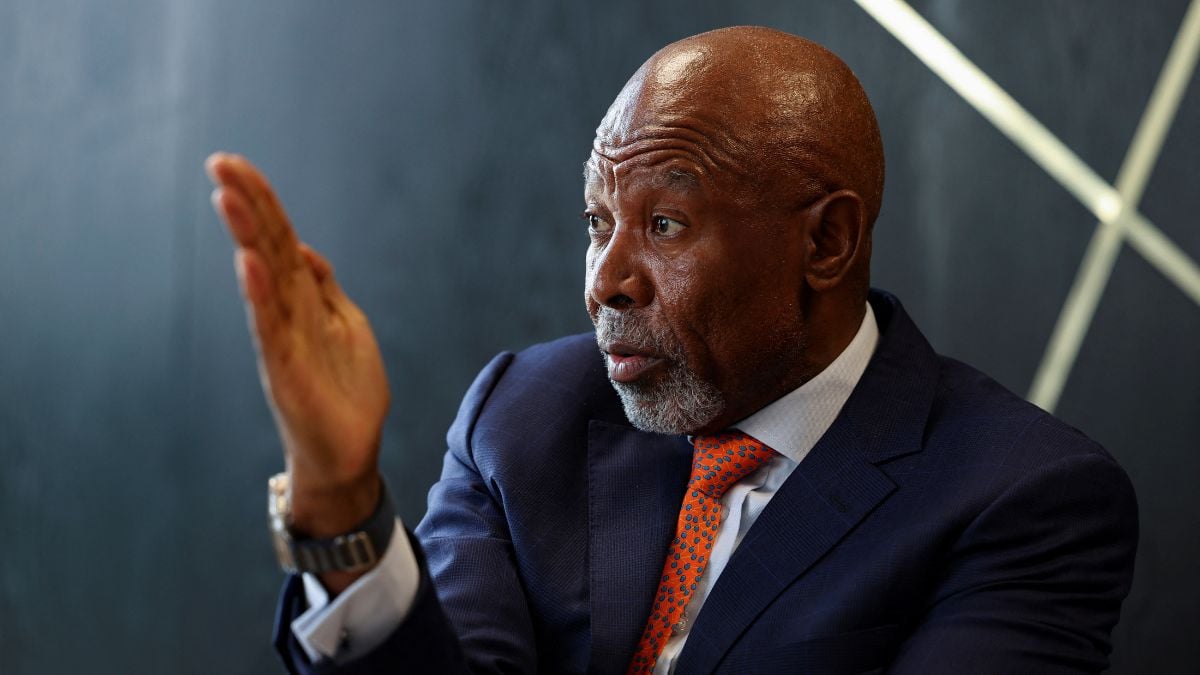
Reserve Bank Governor, Lesetja Kganyago
“The rand is incredibly undervalued,” Kganyago stated.
He illustrated this by referencing the Big Mac Index, a simple PPP measure, which suggests the rand needs to be 50-60% stronger for it to have the same buying power in the United States as in South Africa. More complex analyses confirm this, pointing towards the R7 mark.
The Constitutional Court back in August 2025 heard the Competition Commission’s bid to overturn a court ruling clearing major banks of wrongdoing in a decade-long rand manipulation case.
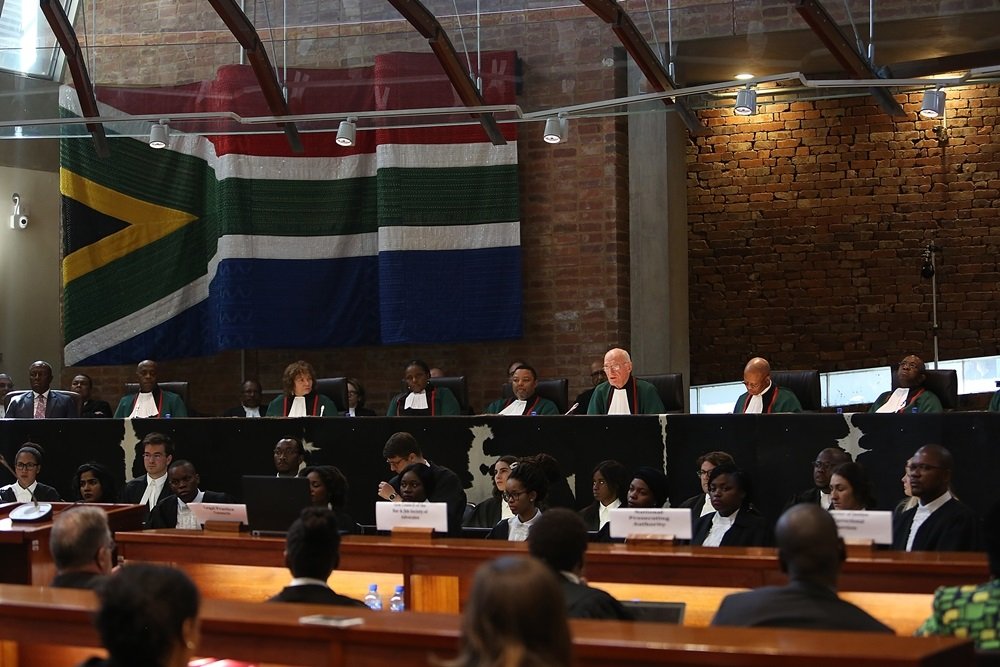
The commission launched a case against 28 banks since 2015, including the big local banks and many other international banks, alleging that they colluded with each other to fix the foreign exchange rate in respect of the US Dollar and the South African Rand currency pair.
The commission said that the allegations the banks face include:
- Colluding on the USD/ZAR currency pair by fixing bids, offers, bid-offer spreads, the spot exchange rate, and the exchange rate at the FIX.
- Dividing markets by allocating customers in terms of which one trader withholds or pulls their existing bid or offer from the market to allow the other trader to execute and complete their trade.
- Cartel behavior: Buying and selling money on behalf of their clients as well as on their own behalf either buying or selling USD with ZAR or ZAR with USD and fixing the buying and/or selling price of these currencies and fixing the spread (profit margin);
- Traders taking turns to buy or sell currencies or giving each other opportunity to buy or sell currencies without interference from each other.
The matter went back and forth between the commission, Tribunal and Appeal Court between 2015 and 2020, with jurisdiction being a major sticking point.
In 2023, the banks were finally ordered by the Competition Tribunal to file their answering affidavits in response to the commission’s complaint.
Instead, they objected to the order and appealed it to the CAC in 2024, which upheld the appeal for a majority of the banks.
Fast forward 2025, the discussion has once again taken center stage.
This significant undervaluation exists despite a fundamental economic theory, the Mundell-Fleming framework, which posits that a weaker currency should boost growth by making exports cheaper. Kganyago highlighted the perplexing reality in South Africa: over the last decade, the rand has consistently weakened while the economy has also faltered.
The Governor offered a compelling analogy to explain this missing growth link, framing the currency not just as a price, but as a barometer of national confidence. He compared the rand’s value to a company’s share price, which reflects its overall health and prospects.
“If a country looks good, investors are impressed, and the currency appreciates. By the same token, if they lose confidence, they sell,” Kganyago explained. He directly linked the currency’s performance to the country’s political and fiscal narrative. Good news stories such as structural reforms and fiscal discipline, bring growth and currency gains. Conversely, bad news stories, such as state capture, unsustainable debt growth and junk status cause both growth and the currency to weaken.
This perspective shifts the focus from purely economic mechanisms to the profound impact of governance and policy credibility on the currency’s value.
Kganyago also challenged the simplistic view that a perpetually weak rand is beneficial, noting that growth also relies on imports. Many exporters depend on imported components, and crucial capital goods for investment are often bought from abroad.
“This may help explain why many emerging markets tend to invest more when their currencies are stronger, and this extra investment raises growth,” he said, advocating for a balanced approach that recognizes the benefits of imports.
The Governor signaled a potential maturation of South Africa’s 27-year-old free-floating exchange rate regime, tied to a decisive shift towards lower inflation. The SARB, initially causing tension with National Treasury, has moved to target inflation near 3%, a significant deviation from the current 3-6% target range’s midpoint of 4.5%. Both institutions now agree the existing range is too wide and are collaborating on a new target.
“As we have often argued, our inflation rate is out of line with our peers and competitors,” Kganyago said, emphasizing that high inflation erodes a country’s competitive edge. This renewed focus on permanent price stability is presented as a critical foundation for fostering the confidence needed to unlock the rand’s true potential.



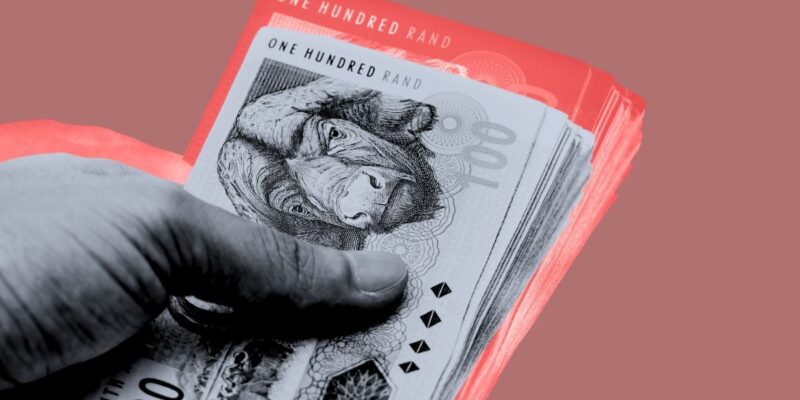





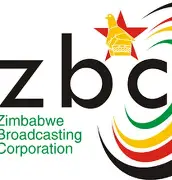

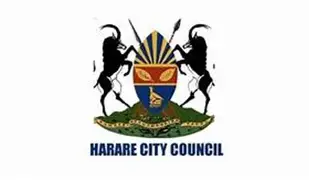



Comments